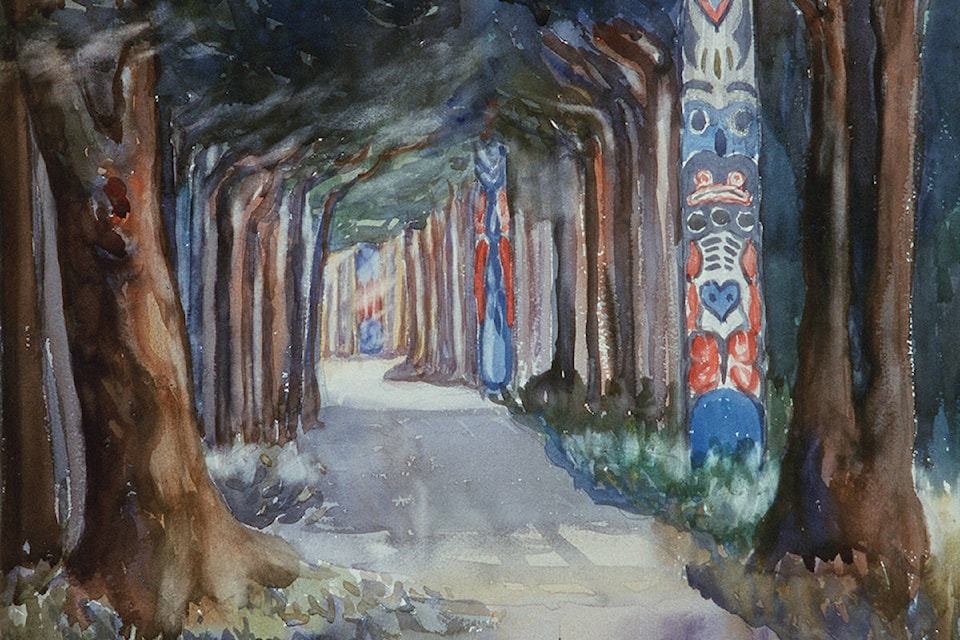The Art Gallery of Greater Victoria examines how Emily Carr saw the land and sites she painted in British Columbia and on Vancouver Island, and how she is seen by both artists and historians in a new exhibition underway now and called Emily Carr: Seeing and Being Seen.
“Emily Carr’s legacy is intertwined with the land and sites of this region. She is celebrated for the way in which she articulated what she saw in these landscapes through painting and for how she interpreted and portrayed Indigenous village sites, landmarks and culture,” said AGGV acting chief curator and exhibition co-curator Nicole Stanbridge.
Emily Carr: Seeing and Being Seen is divided into two sections: one half of the gallery looks at how Carr documented what was around her, highlighting many of the works for which she is praised and admired today. The second half, focuses on how artists and historians of various backgrounds and worldviews have, and continue to, react to and interpret Carr’s legacy and body of work.
The section called Seeing displays 13 of Carr’s works from the AGGV collection, including Odds and Ends, Big Eagle at Skidegate and Above the Gravel Pit. This half of the exhibition focuses on bringing a more fulsome narrative to the intersection of land and cultures that Carr was documenting through her work. It not only shows what Carr recorded through her paintings at these sites, but also what other stories and lived experiences exist there. These are the stories, peoples and cultural significance that long precede these fleeting moments captured by a settler person at a very specific point and perspective in time.
Being Seen examines works by other artists impacted by Carr’s legacy. Artists who admire her work, historians who adore her, and works that hold her accountable and critique her engagement with Indigenous peoples.
Showcased in this section are artists such as: Edythe Hembroff-Schleicher, Pat Martin Bates, Jack Shadbolt, Isabel Hobb and Joan Cardinal-Schubert, offering many varied perspectives to engage with. Schubert’s work titled Birch Bark Letters to Emily Carr: Astrolobe Discovery depicts letters written to and imagined conversations between Carr and the artist of Kainaiwa ancestry.
“All of these artists see Carr through their own unique vantage point, and contribute to the ongoing discussion about what her work and legacy represent. The lens through which artists are seen by others shapes their legacy throughout their lives and after they are gone, and Emily Carr is no exception,” said exhibition co-curator, Mel Granley.
For more information visit aggv.ca
